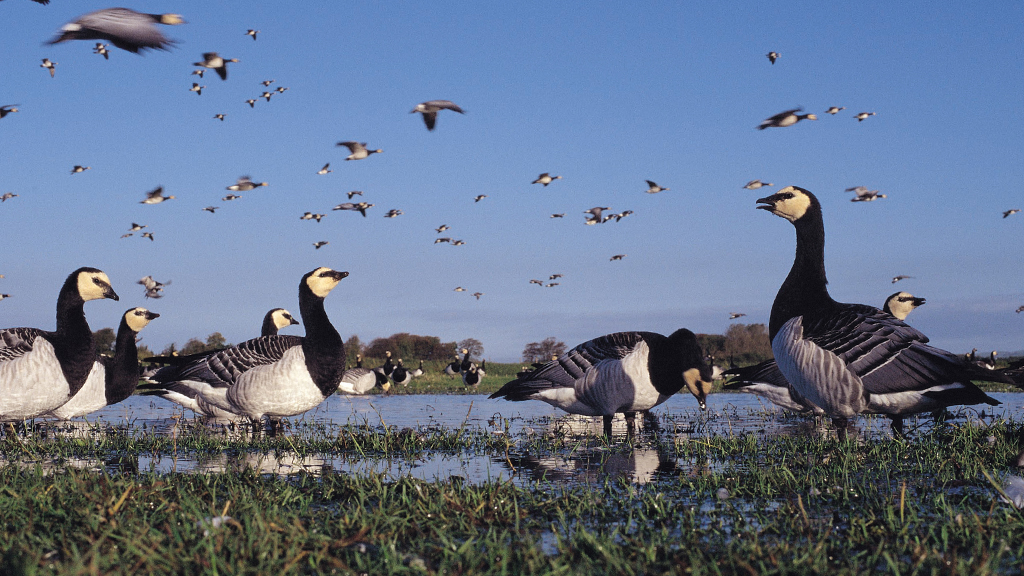Picture this: Thriving wetlands
On, 2 February 2023, we unveiled a spectacular 3D floor mural in the heart of Bristol to engage people with what wetlands are and why they matter, as part of our Wetlands Can campaign. We then worked with our visitor centres and Blue Recovery Leaders Group partners to take it on tour to London, Llanelli in Wales, Martin Mere in Lancashire and Ely Cathedral in Cambridgeshire.
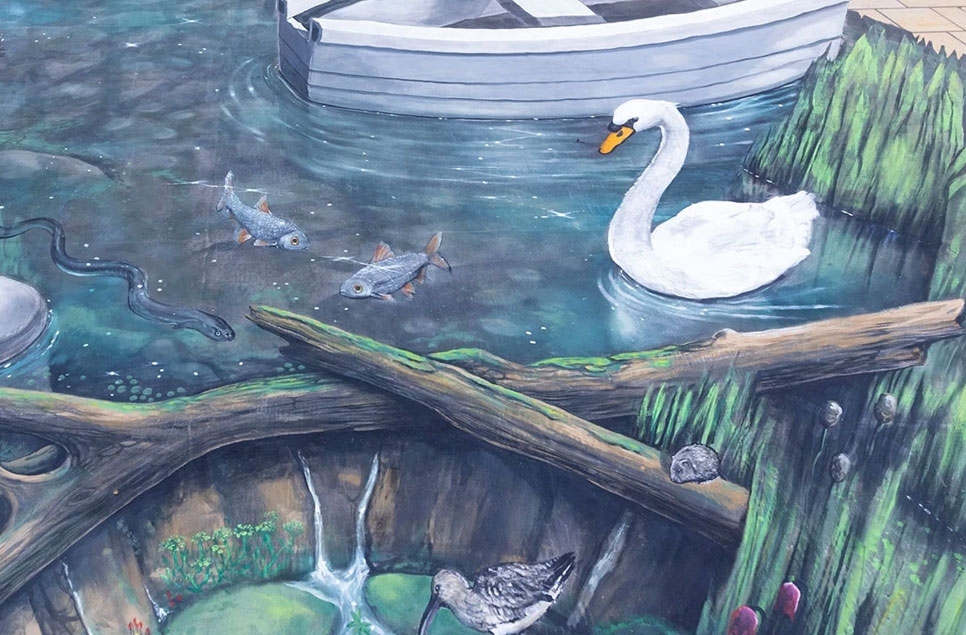
Thousands of people – including government Ministers and influencers - took their photos in the interactive artwork by 3D Joe and Max and learned more about the how healthy wetlands can help tackle the climate crisis, improve water quality and boost health and wellbeing, before signing the Wetlands Can pledge.
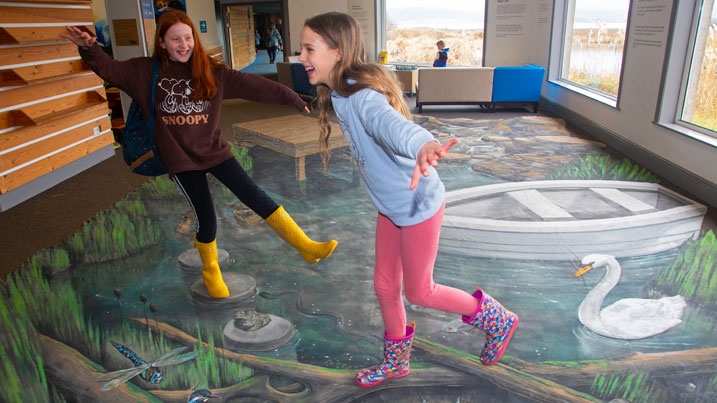
Watch the mural being created:
Take a closer look
The 20-foot-long canvas shows a degraded wetland transforming, into a flourishing wetland scene, filled with wildlife such as curlew and kingfishers, otters and dragonflies.
We wanted to bring to life this year’s World Wetland Day theme of wetland restoration and illustrate how important wetlands are for people, nature and the planet.
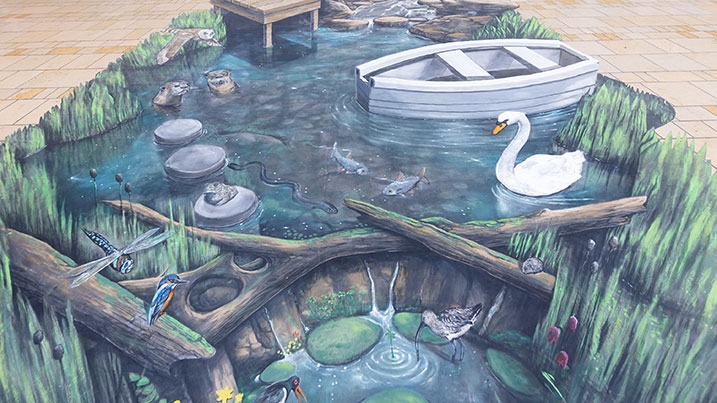
Degraded Wetlands
Wetlands are disappearing three times faster than forests, and more than 35% of the world’s wetlands have been degraded or lost since 1970. Pressures from housing, industry and agriculture, have led to hundreds of thousands of hectares of wetlands being drained causing them to lose their superpowers. With your support, we can help reverse this trend.
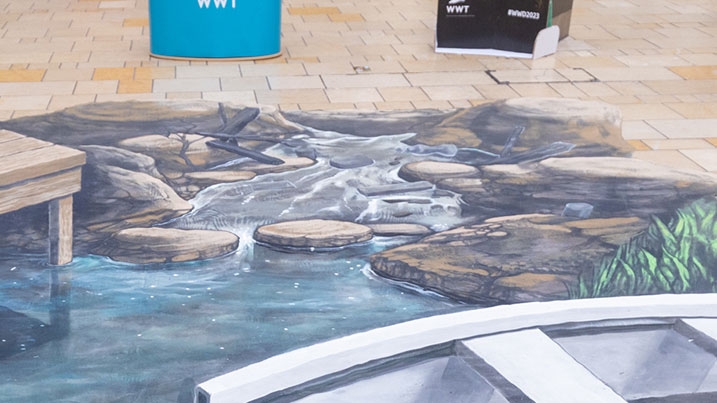
Curlew Calling
These now rare wading birds, recognisable by their unique call, used to be a common site. But the number of breeding birds has dropped 65% since 1970 and curlews are now considered the most urgent bird conservation priority in the UK. Our Flourishing Floodplains project has worked with farmers to improve curlews’ breeding success.
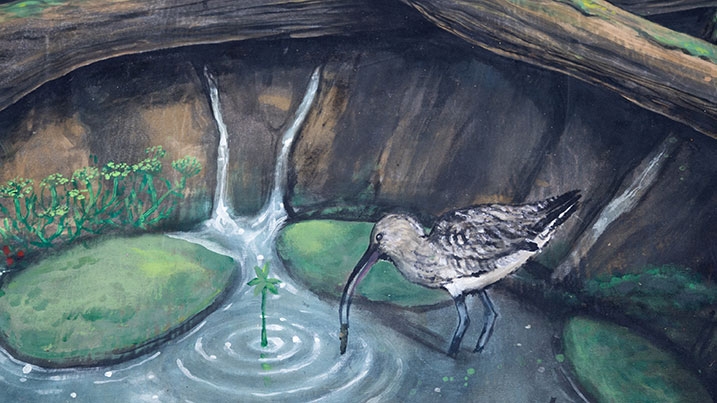
Super Saltmarsh
Saltmarsh buries carbon around 40 times faster than temperate forests, according to research at WWT Steart Marshes in Somerset. Hundreds of hectares of saltmarsh and freshwater wetlands on this site protect against flooding and provide a home for wetland wildlife including otters, kingfishers and owls.
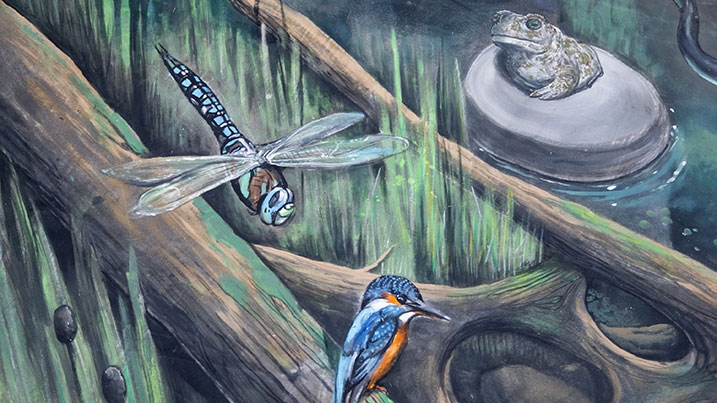
European Eel
The critically endangered European eel faces many challenges including over-fishing, barriers to migration and the loss of the wetland habitats they rely on. Projects such Eelscapes with WWT, Environment Agency and Gloucestershire Wildlife Trust are finding ways to restore vital areas of habitat where these elusive fish live and grow.
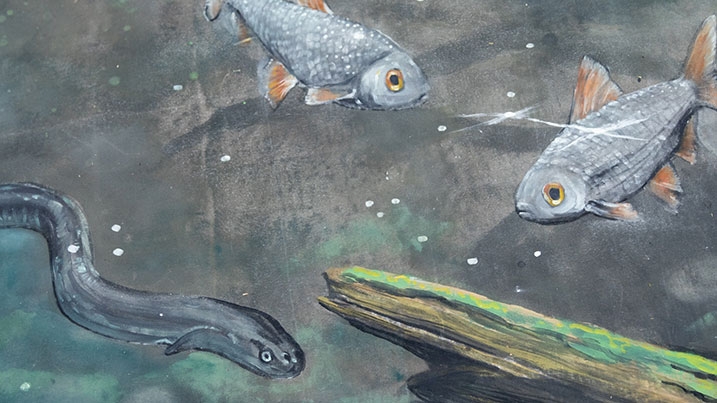
Healthy wetlands bring hope
We are calling upon government, business and wider society to work together to create 100,000 hectares of wetlands in the UK to help combat the climate, nature and wellbeing crises. And we need your help.
Add your voice to the Wetlands Can! campaign today.
Sign the pledge


